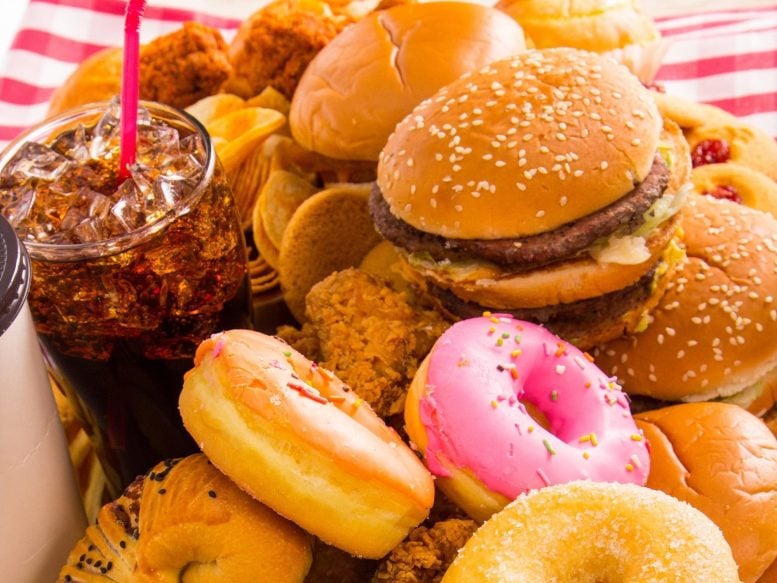If losing weight was among your 2023 resolutions, findings by researchers from the University of Kansas and the National Institutes of Health (NIH) may provide clearer guidance about the food you put on your plate.
Using previous study data, researchers sought to determine what characteristics of meals were important for determining how many calories were eaten. They found that three meal characteristics consistently led to increased calorie intake across four different dietary patterns: meal energy density (i.e., calories per gram of food), the amount of “hyper-palatable” foods, and how quickly the meals were eaten. Protein content of the meals also contributed to calorie intake, but its effect was more variable.
First described by KU scientist Tera Fazzino in 2019, hyper-palatable foods have specific combinations of fat, sugar sodium, and carbohydrates—think of potato chips—that make them artificially rewarding to eat and harder to stop consuming.
“We wanted to know how hyper-palatable characteristics of foods, in combination with other factors, influenced how many calories a person consumed in a meal,” said Fazzino, who is associate director of the Cofrin Logan Center for Addiction Research and Treatment at the KU Life Span Institute, and assistant professor in the KU Department of Psychology.
Fazzino, together with researchers from the NIH’s National Institute of Diabetes and Digestive and Kidney Diseases, wrote in the journal Nature Food that hyper-palatability increased the amount of energy consumed across four diet patterns: low-carbohydrate, low-fat, a diet based on unprocessed foods and one based on ultra-processed foods.
Diet recommendations for weight management could be informed by understanding how some foods result in people eating fewer calories without making them hungry. People are often advised to avoid energy-dense foods, such as cookies or cheese, that can lead to passive overeating. Instead, foods low in energy density — like spinach, carrots, and apples — are often advised. But foods characterized as hyper-palatable may be less familiar to people, and they may be unknowingly adding them to their plate.
While hyper-palatable foods are sometimes also energy dense, the new study suggests that these hyper-palatable foods independently contribute to meal calorie intake. Fazzino said the findings add to a growing body of research that shows that hyper-palatability plays a role in the food choices that people make and in their weight.
“We hope to get the information about hyper-palatable foods out there for individuals to consider as they make dietary choices, and we hope that scientists continue to examine hyper-palatable characteristics as a potential factor influencing energy intake,” she said.




Recommended Comments
There are no comments to display.
Join the conversation
You can post now and register later. If you have an account, sign in now to post with your account.
Note: Your post will require moderator approval before it will be visible.